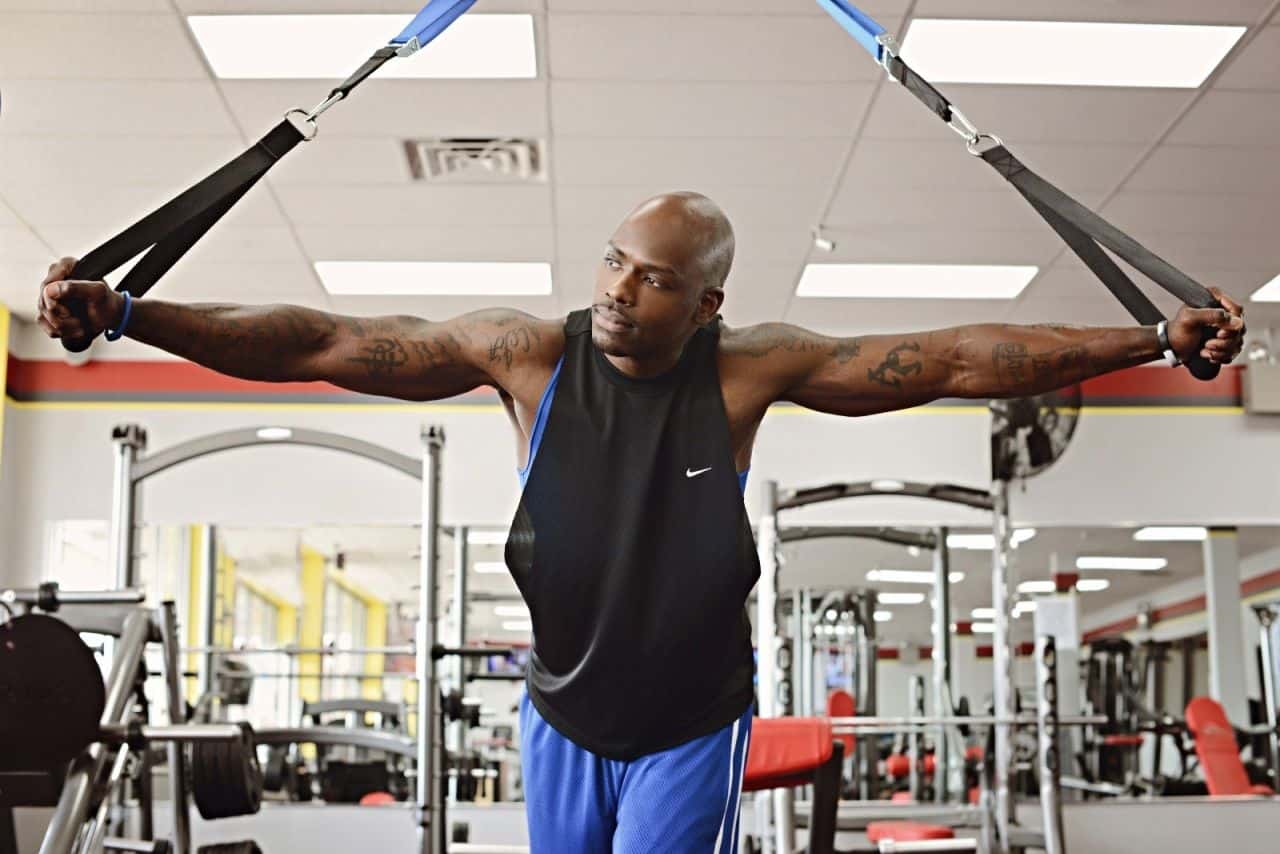Personal trainers can be an excellent investment for people looking to get into shape. They also help set up clients for success, ensuring they stay on track to reach their goals.
A well-designed training plan takes a lot of factors into account. Learn how to build your program like a pro. A suitably accredited personal trainer will hold a Level 3 personal trainer qualification at a minimum, so be sure to check that your trainer has the appropriate qualifications.
Strength
After a fitness assessment, a trainer will help clients set specific, measurable, and achievable fitness goals. This will enable the trainer to create a workout plan to achieve those goals.
An excellent personal trainer like Alexandra Chipurnoi will also ensure that their client can maintain a healthy balance between the intensity of their training and the amount of rest needed to recover between workouts. This is one of the most critical elements that many trainers forget to consider, leading their clients to plateau or, even worse, injury.
When choosing a personal trainer, look for one with a proven track record of helping clients reach their goals. You should also evaluate their education and certifications to ensure their training philosophy aligns with yours.
Endurance
Endurance is the ability to keep doing something difficult, unpleasant, or painful for an extended period – think running a marathon. This is different from stamina, which refers to the ability to exert force at a lower level of intensity for a shorter period – like a sprinter during a race.
Endurance exercise increases your breathing and heart rate to improve your cardiovascular health, which can help you live longer and perform daily tasks, such as walking up the stairs or raking leaves. Include at least 150 minutes of weekly aerobic exercise, such as walking, jogging, swimming, or biking.
Muscular endurance, which focuses on the physical capabilities of your skeletal muscles, is also essential for endurance athletes. Athletes with greater strength will find it easier to work at the sub-maximal intensities required for endurance sports.
Flexibility
A trainer will usually ask clients about their fitness goals as part of their assessment process. These could include weight loss, building muscle, or improving cardiovascular endurance. This helps the trainer develop a plan that will help achieve these goals.
The trainer will also take body measurements and conduct strength and flexibility tests during this process. They will then evaluate the results to determine a client’s physical abilities.
Having an intelligent process for creating workouts and programs is non-negotiable for a trainer. It allows them to create a program that will yield results for their clients and set them up for success. Having a simple program of exercises that are easy for novices to understand will help improve the likelihood of client adherence and progress.
Body Composition
A healthy balance of muscle mass is vital to supporting good posture, mobility, and a robust immune system for long-term health. It can be challenging to introduce challenge into your workouts enough to get results without risking injury or overtraining.
A trainer can help you determine where you stand in the fat-to-muscle mass continuum by assessing your current body composition through hydrostatic weighing, bioelectrical impedance, or skinfolds. This information can help you create a program to support your goals over time. This is a great way to keep you on track toward your goal and avoid stagnation. It’s also an excellent way to ensure you have enough active recovery days, avoiding overtraining.
Nutrition
As a fitness professional, you want to create and deliver effective workout plans and classes tailored to each client. You’ve likely learned about exercise science, nutrition, coaching techniques, and relationship skills as part of your certification training.
They will ask clients to discuss their fitness goals, such as weight loss, strength-building, or improving cardiovascular endurance. This helps the trainer create a fitness assessment to understand the client’s strengths and weaknesses.
This assessment also gives the trainer a clear understanding of what exercises and loads the client can perform without risking injury. This helps them avoid overtraining and ensures the client will achieve sustainable results. For example, a novice trainee will receive better gains from a simple program of easy-to-understand workouts than an overly complicated plan with many different movements that are hard to track.

